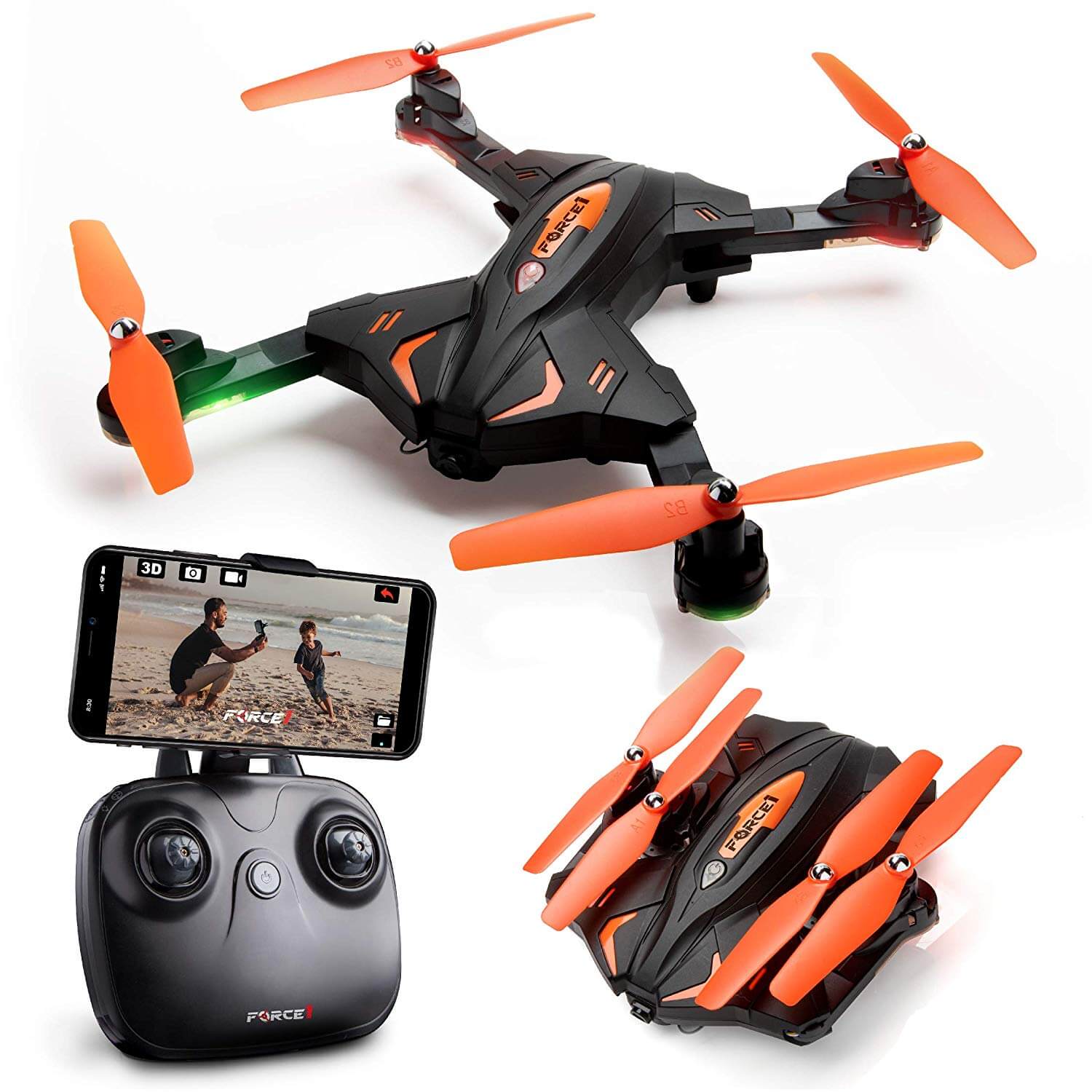

BEST DRONE WITH CAMERA FOR KID PORTABLE
Portability: The best drones are portable enough to be an everyday tool, as they’re small and light enough to fit into a camera bag or backpack.Additionally, we prefer drones that come preprogrammed with cinematic autonomous flight modes with the touch of a button, you can tell a drone to follow you while you snowboard down a mountain, for instance, or fly in a circle while filming you for a dramatic selfie. Autonomous modes: Any video drone worth buying has a fail-safe return-home mode that automatically brings the aircraft back to the launch point when you press a button or the drone loses contact with the controller.We prefer rechargeable drone batteries that last at least 30 minutes, and we recommend that pilots pick up a few extras so that they can spend more time flying. But a shorter flight time means fewer shots, shorter videos, and less flexibility. Long battery life: Longer-lasting batteries tend to be larger and weigh more, so manufacturers try to balance drone size with battery life.A three-axis gimbal is the industry standard. Three-axis gimbal: A good gimbal stabilizes a camera attached to a drone with accelerometers and gyroscopes even when you are flying in wind or a jerky pattern, and it’s essential if you want usable footage.We consider only those models that can shoot at least 12-megapixel photos and capture smooth 4K video.

High-quality camera: Generally, the more you pay for a photography drone, the better the camera you get.We prefer drones that have this technology, as it removes a lot of stress for new flyers, but most budget options lack these features, so we make exceptions for drones under $500. Crash-avoidance sensors: Many modern drones have sensors that detect obstacles approaching in any direction and can adjust their flight path to avoid a crash.Drones shaped like planes do exist, but they’re not as easy to fly as models with evenly distributed propellers. Quadcopter design: A drone with a quadcopter shape (or alternatives, such as hexacopters, that add more arms) produces the most stable photo and video because such models can steadily hold their position in the air.


 0 kommentar(er)
0 kommentar(er)
